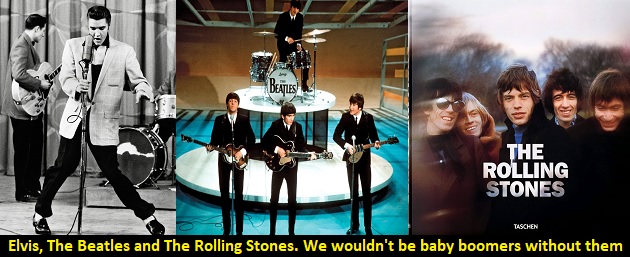If you had to describe the Andy Griffith Show in one word, what would it be? For me that word would be: WHOLESOMNESS.
The Andy Griffith Show was – and is to this day – an absolute classic of American television. This wonderful show captured the hearts of audiences – especially our baby boomer hearts – for generations with its wholesome charm, endearing characters, and timeless lessons. Set in the fictional town of Mayberry, the show aired from 1960 to 1968 but continues to resonate to this day with viewers of all ages. At its core, The Andy Griffith Show embodies a sense of simplicity, community, and values that many of us (me included) long for in today’s fast-paced and chaotic world.
One of the most wonderful aspects of the show was its emphasis on small-town values and the importance of community. Mayberry is not just a backdrop; it is a character in itself, filled with quirky yet lovable residents who come together in times of joy and adversity. Sheriff Andy Taylor, portrayed by the incomparable Andy Griffith, served as the moral compass of the town. His calm demeanor, quick wit, and unwavering integrity made him a role model for viewers young and old – and filled our hearts with a sense of “what is right and maybe not so right.”
The relationship between Andy Taylor and his son Opie, played by Ron Howard, is a central focus of the show. Their father-son bond is heartwarming to witness, as Andy imparts wisdom and life lessons to Opie with patience and love. Whether it’s teaching him the value of hard work, honesty, or the importance of treating others with kindness, Andy leads by example, showing that a parent’s guidance can have a profound impact on a child’s upbringing. Is it really possible that that our “Opie” is now a reknown Hollywood director who is balding?!
Beyond the Taylor family, the residents of Mayberry contribute to the show’s wholesomeness. Characters like Barney Fife, Aunt Bee, and Goober Pyle each bring their own quirks and personalities to the table, creating a rich tapestry of small-town life. Barney Fife, the bumbling yet well-meaning deputy, provides comedic relief while also highlighting themes of loyalty and friendship. Aunt Bee’s warm presence and delicious home-cooked meals taught our baby boomer little hearts the comfort and love found in family. And Goober Pyle’s good-natured simplicity reminded to appreciate life’s simple pleasures.
The show’s storylines often revolved around everyday situations and moral dilemmas, offering gentle lessons without being preachy. Whether it’s dealing with a town gossip, resolving a misunderstanding, or learning to forgive, The Andy Griffith Show presented challenges that resonated with us viewers on a personal level. The resolutions are not always grandiose but are instead grounded in the values of honesty, respect, and understanding. Many of us baby boomers yearn for the days when those values seemed so common and seemed to be everywhere.
One of the most enduring aspects of The Andy Griffith Show was its ability to transport us to a world where problems could be solved with a kind word and a helping hand. In a time when many long for a sense of community and connection, Mayberry represented a utopia of sorts—a place where neighbors looked out for one another, where laughter was abundant, and where the pace of life allowed for genuine human connection. Mayberry was as wholesome and wonderful as Aunt Bee’s apple pie.
Even today, decades after its original airing, The Andy Griffith Show continues to attract new fans who appreciate its timeless appeal. Its wholesomeness is a reminder of the values that transcend generations: love, friendship, integrity, and the importance of community. As we navigate the complexities of modern life, we can find solace in the simple yet profound lessons of Mayberry, where every episode serves as a gentle reminder of what truly matters in life.







